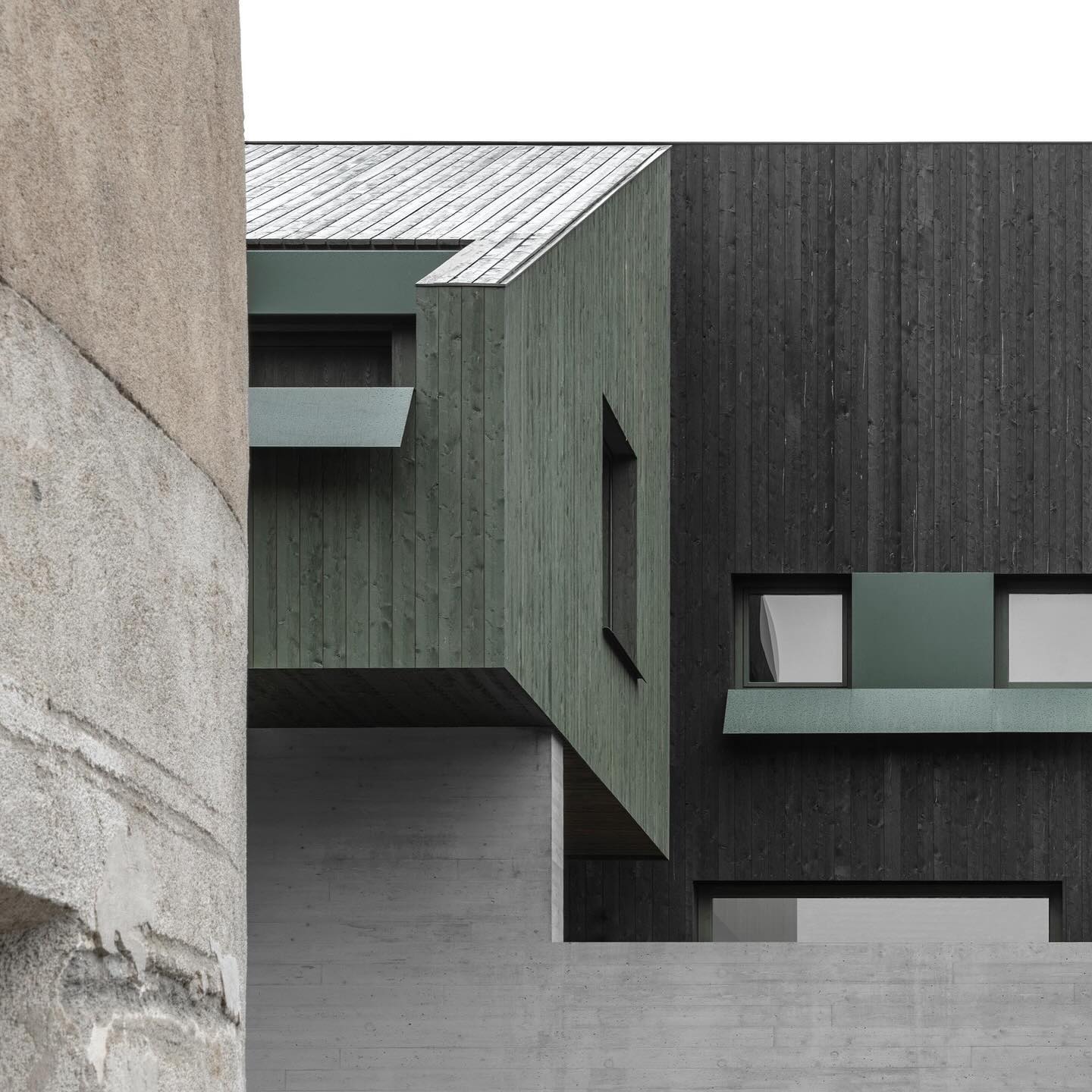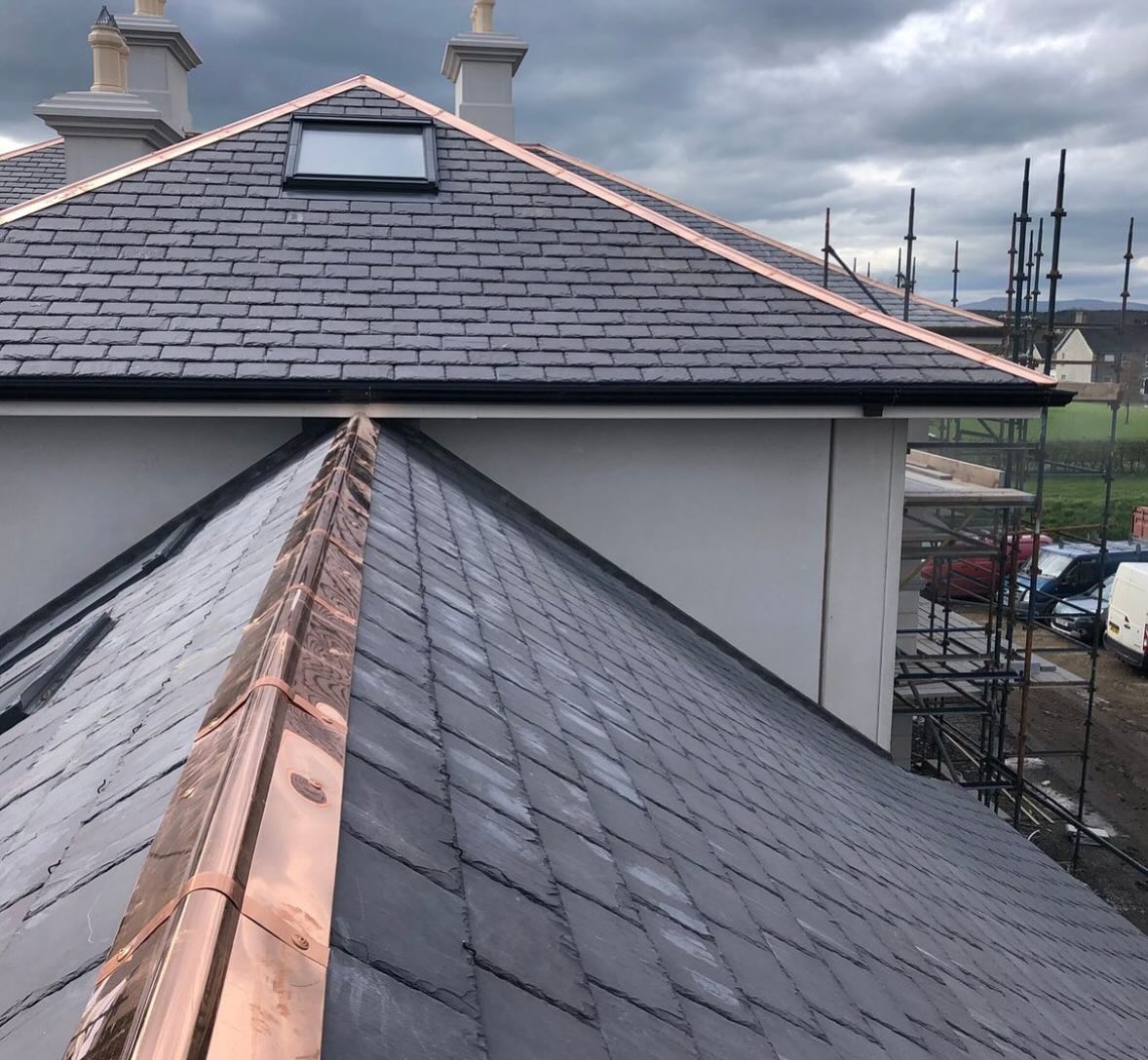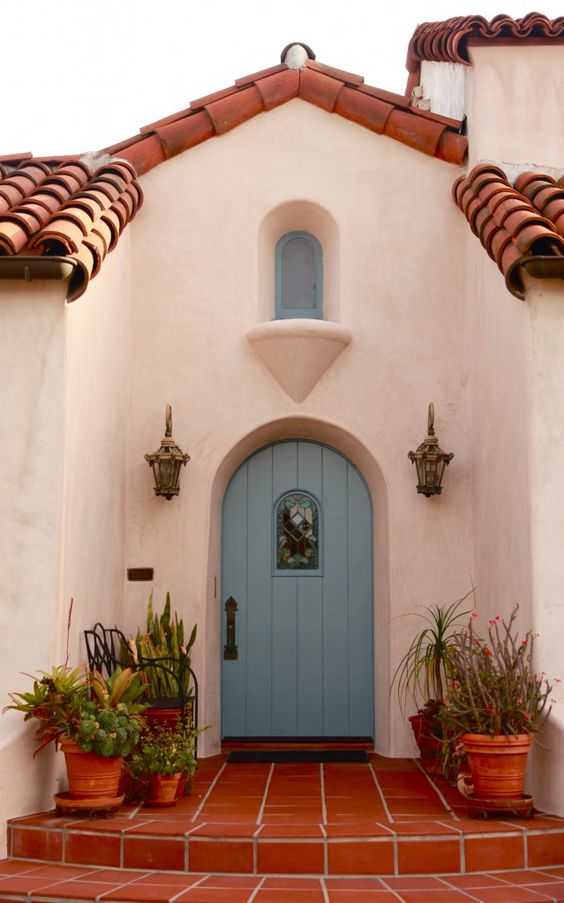Energy-Efficient Roofing Options for Your Home
Greater energy efficiency around the home is something many homeowners are looking to achieve these days. Whether it’s cutting down on heating and cooling costs or switching to energy-efficient appliances and light bulbs, the resulting energy savings can be good for the wallet as well as the world.

One of the most effective ways to achieve greater energy efficiency in the home is through its roofing. As many as 90% of the nation’s roofs are poorly designed according to data from the Green Building Alliance.
Built from dark, non-reflective materials that absorb rather than reflect heat, such roofs cause overheating in homes. Instead, a roof made from the right materials will keep the temperature of a home comfortable all year round, reducing reliance on heating and cooling measures. This article will take a closer look at various types of energy-efficient roofing.
Asphalt Roofs
Asphalt shingles are one of the most popular roofing materials and due to advances in technology, their energy efficiency has also improved in recent years. The Solar Reflectance Index (SRI) of a roof is a measure of its ability to reflect sunlight and emit absorbed heat.
Today, asphalt shingles are being manufactured with solar-reflecting granules which increase the SRI value of the roof, helping to lower its surface temperature. These ‘Cool Roofs’ can reduce energy bills by maintaining a comfortable indoor temperature in hotter months, thus reducing the reliance on air conditioning.

In addition to these energy savings, asphalt roofs benefit from long life spans due to fewer temperature extremes, helping to reduce thermal shock which can cause cracks and other damage to the roof.
Metal Roofs
Known for their durability and long life span, metal roofs have many energy-efficient properties to offer homeowners. The high reflectivity of this material helps to keep a property cool during the summer months and thanks to its lightweight nature, a metal roof can also reduce strain on your home’s structure. Additionally, metal can be a highly sustainable choice due to its recyclability.

Metal roofs come in a variety of materials including stainless steel, aluminum, copper and zinc. For more information on installing a metal roof on your property, it is best to contact an experienced and reliable contractor such as a TX roofing company who can guide you in making the best decision for your home.
Tile Roofs
Tile roofs are typically made from clay, concrete or slate and can offer energy efficiencies to homes. These roofs allow for air to circulate underneath the tiles which can greatly reduce the amount of heat that passes through their surface, helping to reduce the need for air conditioning during warmer spells of weather.

The overlapping tiles form channels of air which serve as an extra insulation layer since the hot air can penetrate the building envelope through these channels. Tile roofs also absorb moisture well making them a great roofing choice in warm, dry climates. While they are naturally reflective, tile roofs can also be treated with a coating to increase their effectiveness in reflecting heat from the sun.
The information provided can help you choose the right roofing material to increase the energy efficiency of your home.






